Eleveight launches new wing lineup for 2025/26
New wing, board and brand new foil releases from Eleveight enter into their 2025 range...
READ MORE
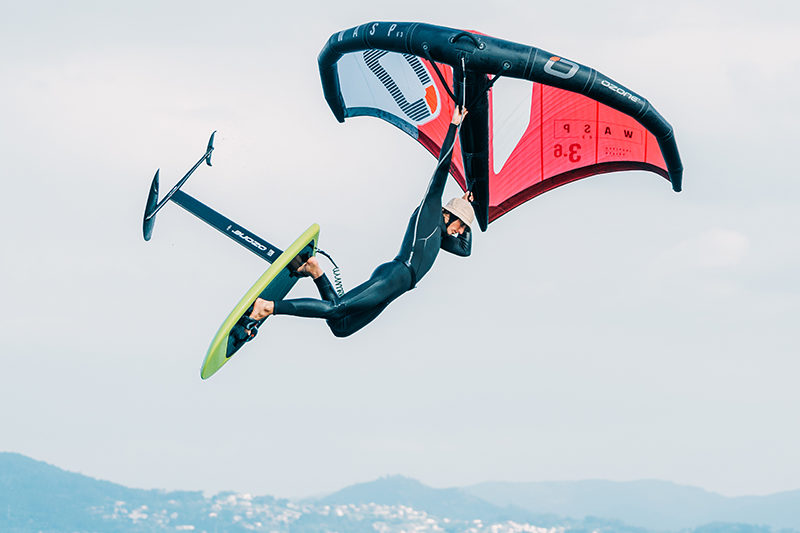
There’s a whole new mid-aspect foil range from Ozone, and to fill us in on the details we put the questions to Ozone’s Foil and Board Designer, Tibo dos Santos…
Photos: Alvaro Rodriguez
Hey Tibo – firstly, give us an overview of the new range and who it’s primarily pitched at…
Our new Apex V1 MA range runs from the MA800 to the MA1800. We wanted to create a foil range that carves and turns well, but is still super fun and accessible to ride, and this is what we’ve created with the fully modular Apex MA range. The medium aspect ratio and medium tapered planform provide an ideal balance between lift, glide and agility. The MA1800 and MA1500 are designed as light wind performance wings and are well suited for entry-level riders making their first runs foiling in light to moderate winds or heavy riders. The smaller sizes are the ultimate all-round front wing for most rider weights with an intermediate to advanced skill level.
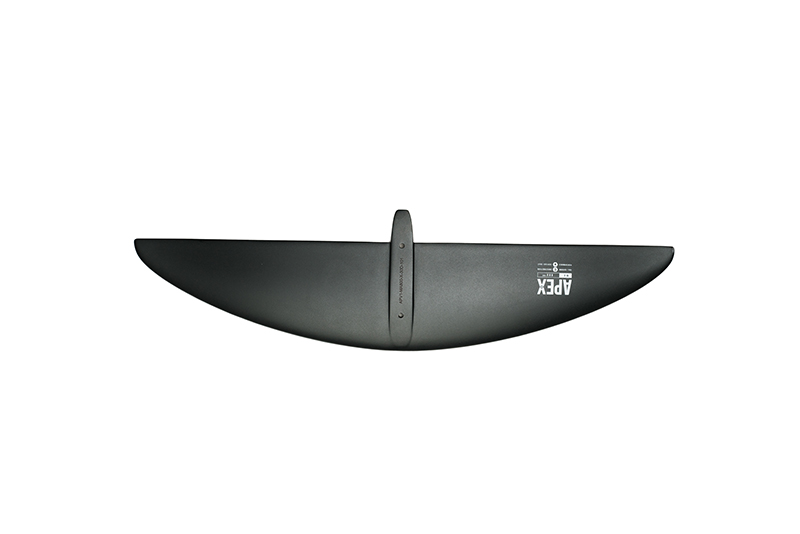
800
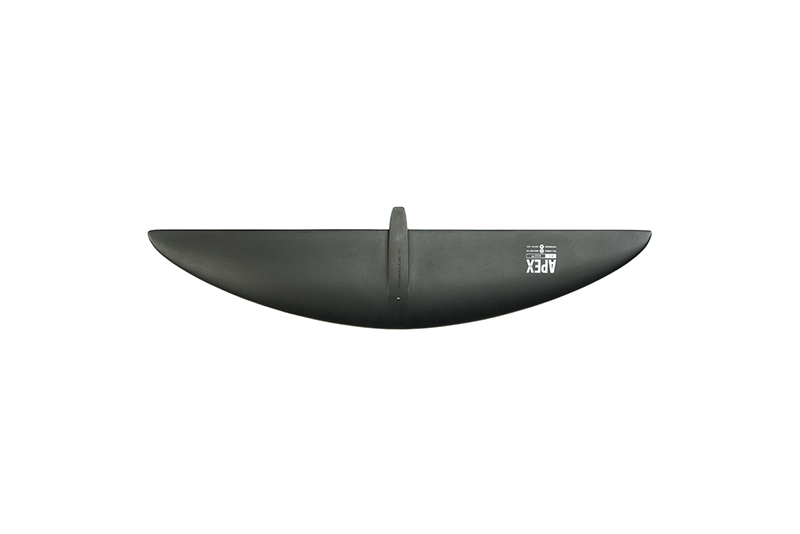
950
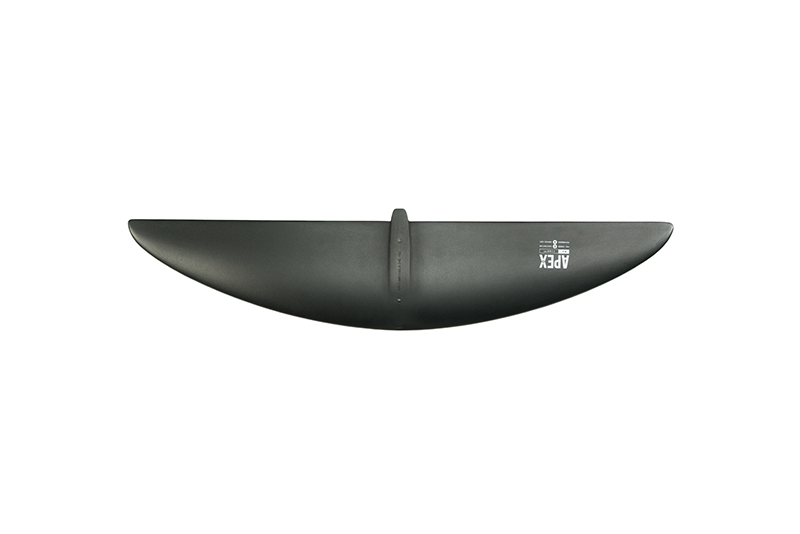
1100
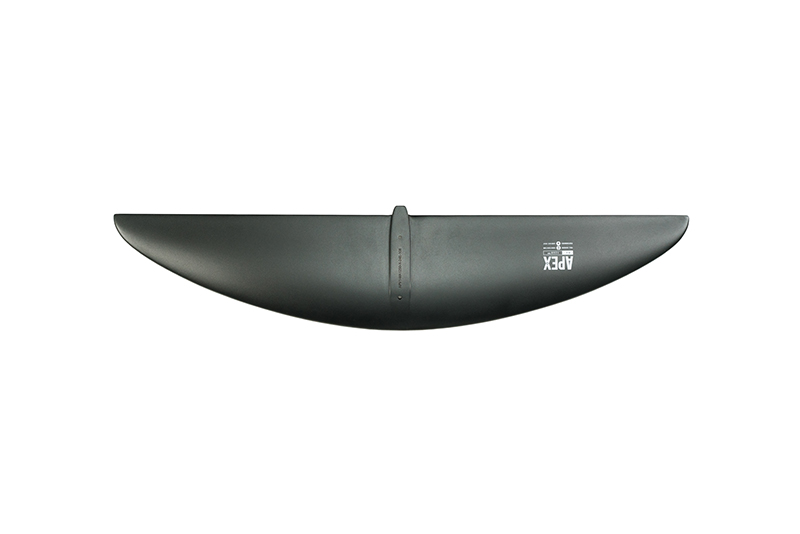
1250
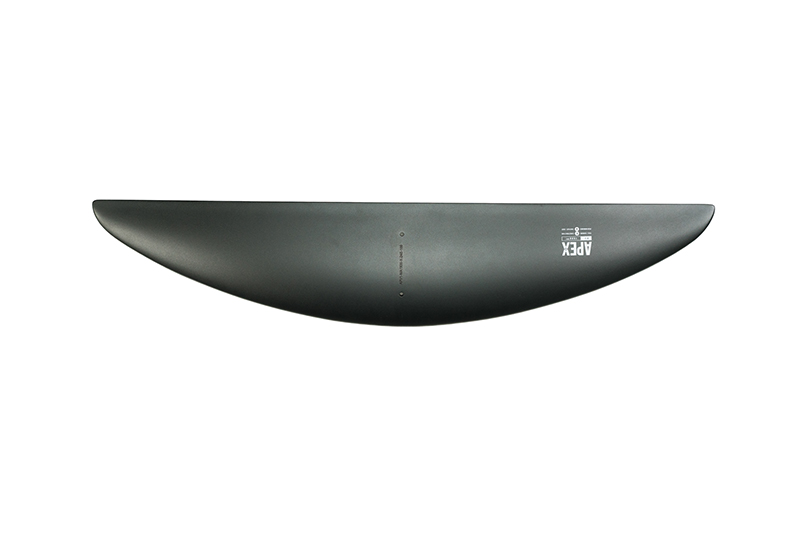
1500
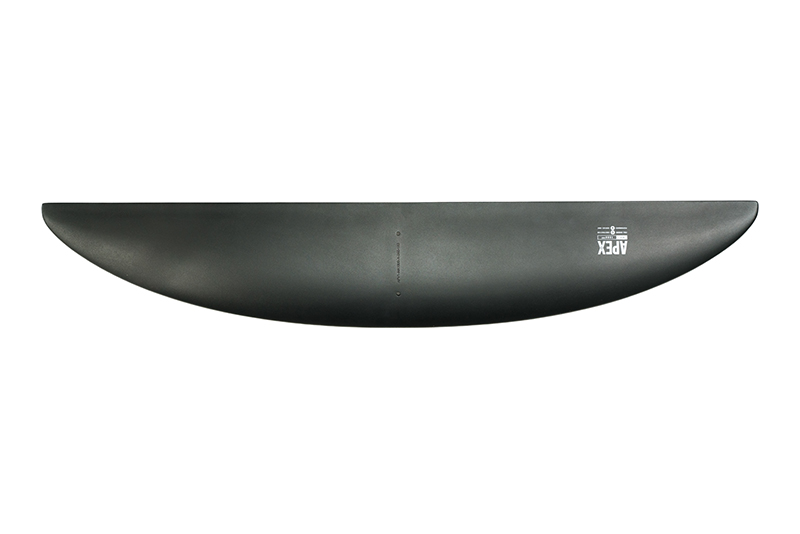
1800
How much R&D went into this range, and who was instrumental in this?
Well, I had already been designing a foil for myself when Ozone asked me to create one, which became the Apex V1. The design brief was to make something that performs well, is fun to ride, but easy and accessible. I had to design the product and then set up the production process. Following that there were plenty of days behind a computer running analysis, and then we had Torrin (Bright – Ozone’s Product Manager and Tester) test them rigorously. And repeat, until we were completely happy with what we’ve just released.
You produce all your foils in house at your production facility in Vietnam, as you have with your kites for many years, right?
Yes. The idea was to rent out another building at the Parapex site originally, but instead we set up the whole foil production process within our kiteboard twin tip factory, which we now call our composite division. It’s a superb and highly professional operation there. The team at Parapex are amazing.
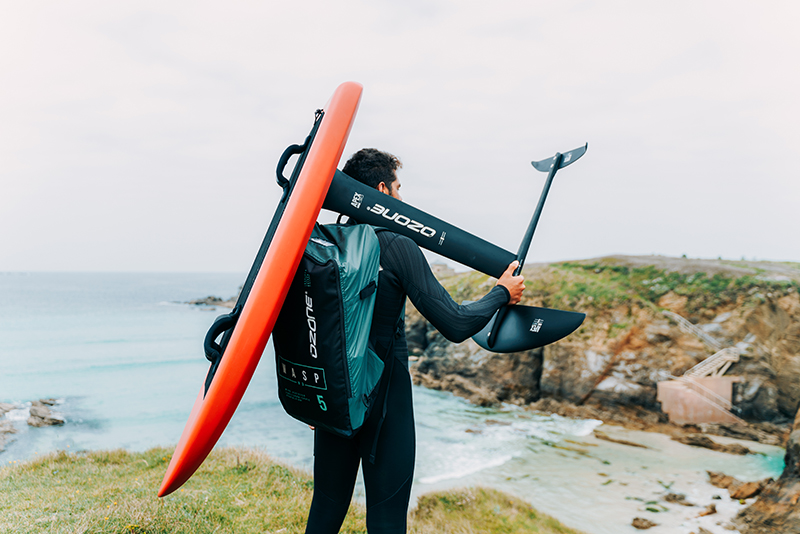
Have you had to scale up, staff wise, and I guess you had to invest in some new machinery?
Yes of course, we designed and built our press so that it would exactly fit our needs. We also invested in additional CNC machines, and the factory reorganised the floor layup to integrate the foil production. I live in New Zealand, but now I can send the file to Vietnam and two weeks later I receive the foil. It also means we can send the same prototype to the rest of the test team wherever they are in the world and they can give their feedback.
How was the process of establishing the foil production facility?
It was quite an adventure. When Covid happened, I couldn’t fly to the Parapex factory in Vietnam anymore. I didn’t know if we’d be able to pull it off. I had to teach the guys in Vietnam how to mold a hydrofoil by video over Skype. I had four camping tables across my garden as I gave a tutorial on how to make a mast for a full carbon foil. It’s really quite technical. There are so many layers. At the same time, I was working on the designs for the tooling and production process. That took 18 months, but the foils have turned out great. They’re strong, you can jump high and they’re fun to ride. The Parapex team are so good, setting and optimizing production is what they do best, and that’s the main reason why we were able to manage to make it happen during that complex situation.
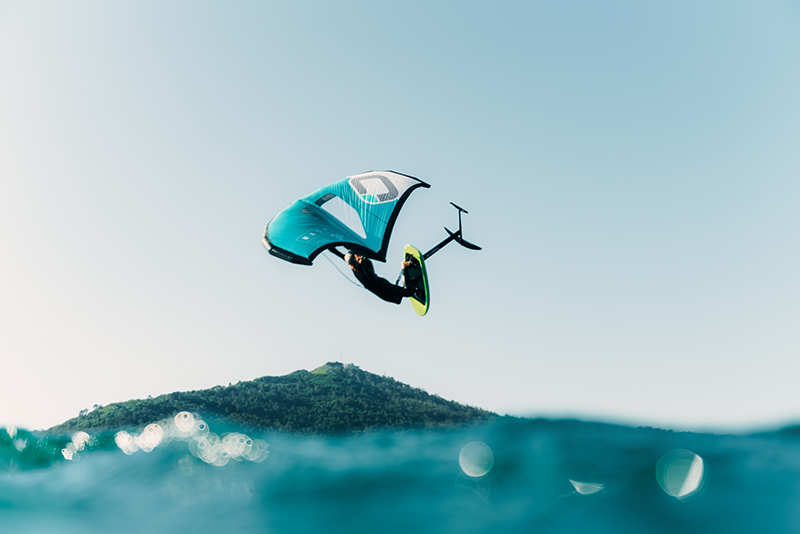
Tell us about your manufacturing process and layup, and what benefits does the Performance Surface Coating have?
All our foil parts are constructed with an optimum combination of high-density PVC or EPS foam cores and 100% carbon laminates for an incredible strength to weight ratio. All laminations are comprised of a quadraxial carbon fiber matrix with high modulus epoxy resin creating superior rigidity in flex and torsion. The Performance Surface Coating protects the foil from the UV and allows a perfect surface finish.
Tell us about the fixings and connection system and how you’ve whittled out flex at various junctures…
We use custom made titanium barrel bolts in the mast and fuselage which allow higher tightening torque than using classic insert or threading directly into an aluminum fuselage.
The mast tuttle recess in the fuselage is a unique design with a ridge linking both walls of the tuttle recess, making the connection really stiff and strong.
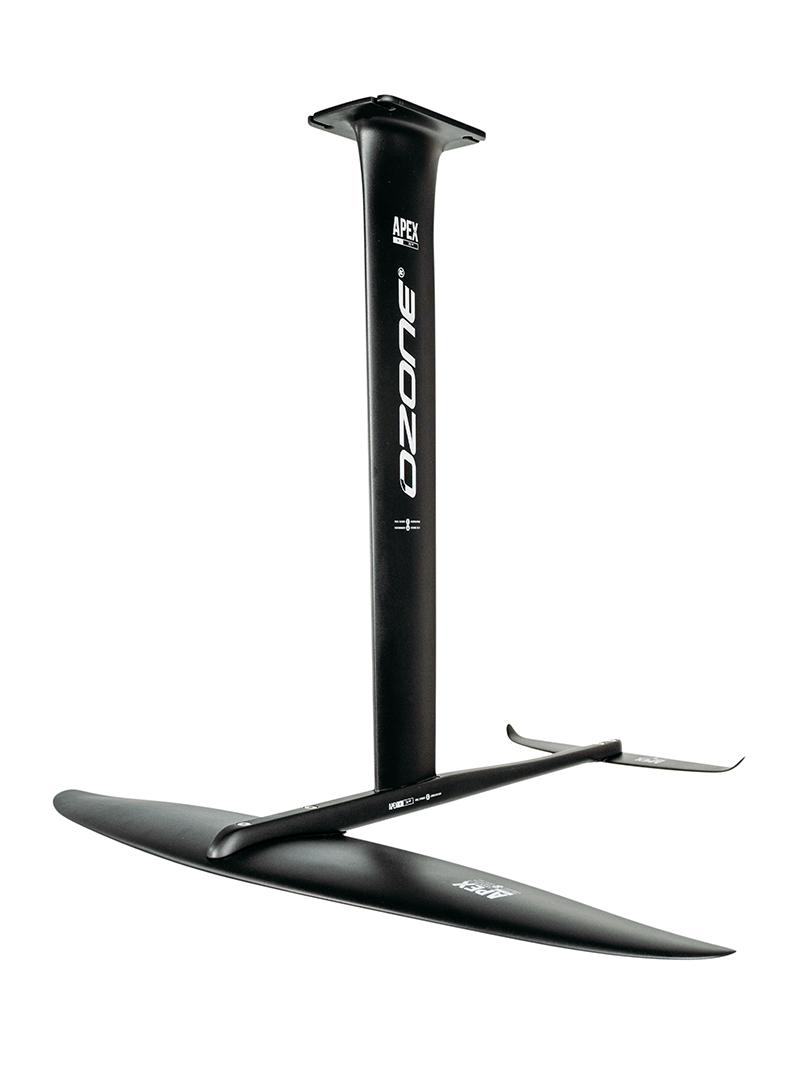
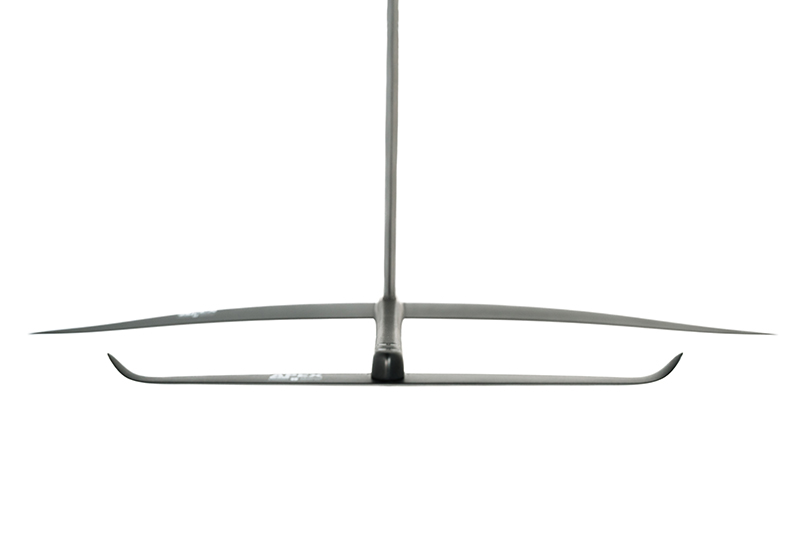
So you plan on extending the range?
Oh yes… for sure there is more to come!
New wing, board and brand new foil releases from Eleveight enter into their 2025 range...
READ MOREBrian Grubb's a legend both on and off the water. Lift have further recognized this, by bringing out their own Grubb signature range, tailored to his style.
READ MOREDuotone just dropped a bunch more 2025 gear, featuring new wings, foils and masts.
READ MORE